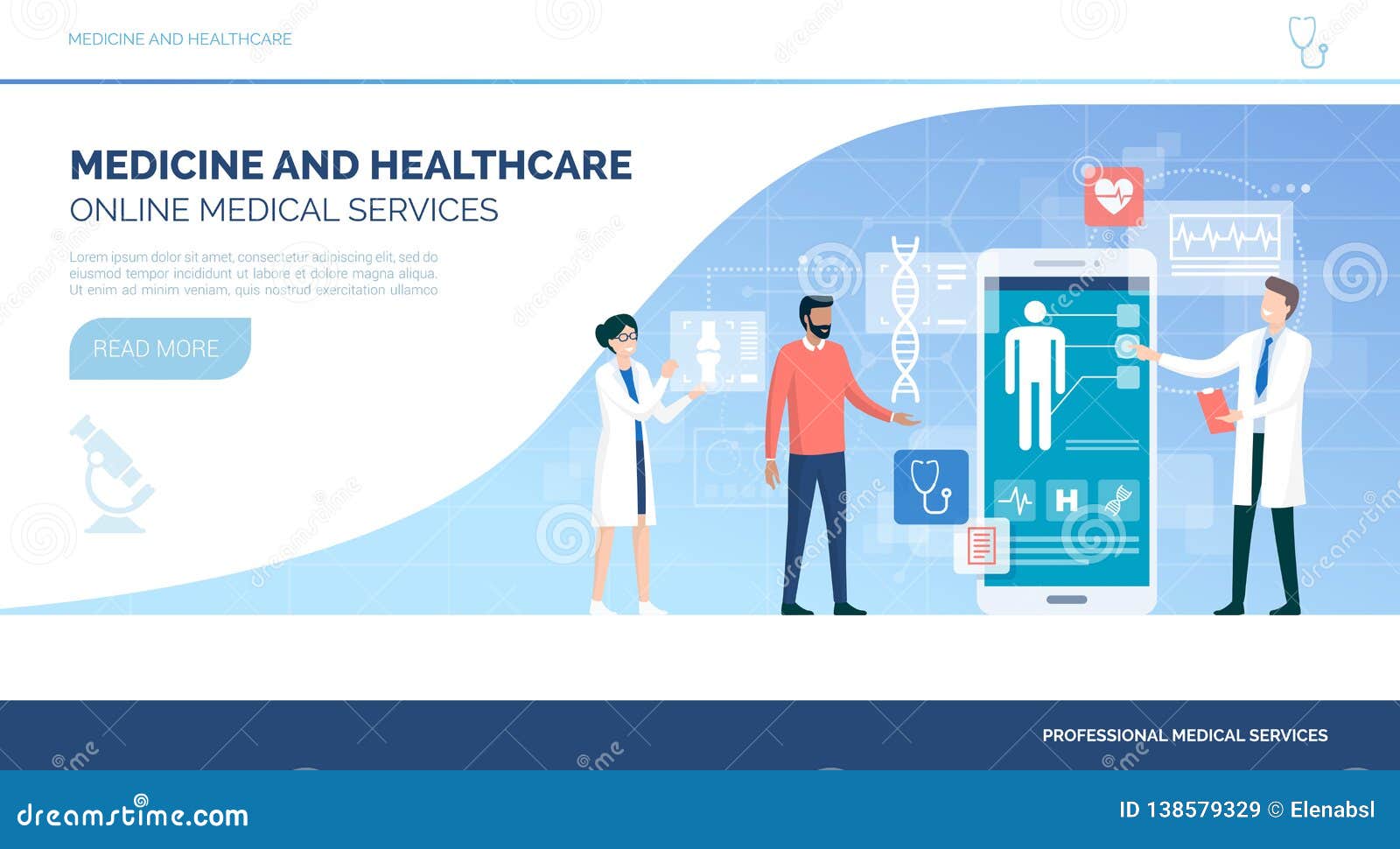The Influence of Subscription Based Healthcare on Traditional Medical Practices
The Influence of Subscription Based Healthcare on Traditional Medical Practices
Blog Article
Understanding the Cost-Effectiveness of Subscription-Based Healthcare Models
As the healthcare landscape advances, subscription-based versions emerge as a compelling alternative, promising to redefine exactly how people handle medical expenditures. Assessing these versions' cost-effectiveness demands a nuanced contrast with traditional insurance coverage, considering both economic implications and person fulfillment.
Review of Subscription-Based Designs
Subscription-based health care designs, in some cases described as straight medical care or attendant medicine, are progressively gaining interest as a prospective service to inefficiencies within standard medical care systems. These designs run on the concept of offering clients straight accessibility to health care suppliers via a annual or month-to-month fee, bypassing the need for typical insurance mechanisms. This setup intends to improve patient-provider interactions by minimizing administrative concerns, which frequently prevent personalized and timely care.
At the core of subscription-based designs is the focus on a much more customized individual experience. Clients profit from improved accessibility to their doctors, typically consisting of same-day or next-day visits, extended assessment times, and direct interaction networks such as phone or video phone calls. This model cultivates a proactive technique to healthcare, where companies and individuals can collaboratively concentrate on preventative treatment and persistent illness management.

Cost Comparison With Typical Insurance Policy

One of the key monetary advantages of subscription versions is openness in expenses. Conversely, traditional insurance may be extra useful for individuals requiring specialized care or pricey therapies not covered under a subscription version, as they profit from the more comprehensive coverage network and cost-sharing systems.
However, cost-effectiveness is context-dependent. While subscription designs could offer cost savings for those mostly needing medical care, individuals with persistent conditions or specialized medical care demands may discover traditional insurance more thorough. Examining certain healthcare demands and possible usage is essential in figuring out the most cost-effective option for individuals.
Influence On Person Contentment
Individual contentment within subscription-based healthcare versions usually mirrors a significant improvement over typical insurance coverage systems. This improvement is primarily credited to the customized treatment and ease of access these models use. Patients regularly report higher fulfillment as a result of minimized delay times and the simplicity of scheduling visits. Unlike standard systems, where people could experience hold-ups in receiving treatment, subscription-based designs make certain more straight and prompt communications with healthcare service providers.
In addition, the transparency in costs connected with subscription-based medical care minimizes the common aggravations connected to unanticipated fees and intricate invoicing procedures seen in standard insurance coverage (subscription based healthcare). People value recognizing the exact financial commitment upfront, resulting in boosted depend on and self-confidence in their health care management
In addition, the emphasis on preventative care and wellness in registration versions adds to improved health results, further boosting patient satisfaction. By focusing on continuous health and wellness upkeep instead of anecdotal care, more info here patients experience a more all natural and continuous health care journey.
Furthermore, the improved provider-patient partnership promoted in these designs, defined by more time invested per person and tailored attention, plays a crucial duty in elevating client satisfaction levels, as clients really feel truly taken care of and understood.
Carrier Perspectives and Experiences
From the carrier's perspective, subscription-based healthcare models supply a transformative method to providing clinical solutions. These designs stress a preventative and proactive health care technique, allowing companies to concentrate on detailed patient treatment without the restrictions of conventional fee-for-service arrangements (subscription based healthcare). This shift in emphasis commonly results in boosted person results and raised company fulfillment, as health care professionals can allot even more time and sources to client interaction and customized care plans
In addition, registration designs promote predictable income streams, which boost monetary stability for healthcare carriers. This predictability permits improved source planning and allotment, adding to an extra efficient healthcare shipment system. Service providers can buy team framework, modern technology, and training improvements, thus boosting the top quality of care offered.
Nevertheless, the transition to subscription-based versions is not without difficulties. Regardless of these obstacles, several service providers find that the benefits of boosted individual interaction and streamlined operations exceed the first challenges, making subscription-based models an appealing option.
Future Potential Customers and Challenges

A primary difficulty is governing conformity, as registration models should follow developing medical care plans and insurance coverage demands. This requires continuous adjustment and development to make certain positioning with lawful criteria. Furthermore, incorporating these versions into existing healthcare facilities can be complex, needing considerable investments in technology and training.
There is also the prospective danger of creating injustices in medical care gain access to, as membership designs may favor those who can afford them, leaving at risk populaces underserved. Resolving this calls for thoughtful factor to consider of rates strategies and subsidy devices to guarantee inclusivity.
Conclusion
Subscription-based medical care models offer a viable choice to standard insurance policy by supplying monetary predictability and openness, particularly benefiting individuals with chronic problems or regular health care requirements. The cost-effectiveness of these models is contingent Learn More Here upon specific health care usage patterns and circumstances.
Subscription-based healthcare designs, sometimes referred to as direct key care or attendant medicine, are increasingly obtaining interest as a possible option to ineffectiveness within standard health care systems. Unlike traditional systems, where people could experience delays in receiving care, subscription-based designs guarantee even more direct and prompt communications with medical care companies.
These designs stress a preventative and aggressive healthcare approach, permitting service providers to concentrate on extensive client care without the constraints of conventional fee-for-service plans. As these versions proceed to get grip, they use the potential to reinvent client accessibility to care, streamline solution shipment, and optimize health care costs.Subscription-based health care versions offer a sensible option to typical insurance policy by supplying monetary predictability and transparency, especially profiting individuals with chronic problems or regular health care requirements.
Report this page